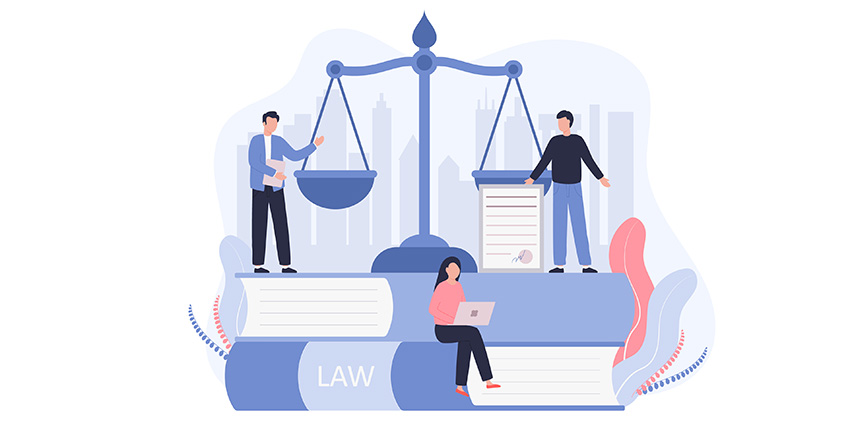What is technology-assisted review (TAR) or computer-assisted review (CAR)? Both terms refer to an approach within the document review phase of ediscovery that leverages computer algorithms to identify and tag potentially responsive documents based on keywords and other metadata. The benefit of TAR is that it can help expedite the document review process.
There are two general approaches to TAR. The original version is known as predictive coding, a type of artificial intelligence (AI) that used machine learning to predict which documents are more likely to contain responsive content. In predictive coding, a group of human reviewers initially code or tag a group of documents. The reviewers then load that “seed set” of tagged content onto a computer running TAR software. The computer analyzes the seed set and learns from it which documents should be labeled with which codes. In predictive coding, the quality of the results depends heavily the quality of the original seed set. If that seed is sloppily coded or incomplete, the computer’s results are similarly flawed.
The next generation of TAR uses what’s known as continuous active learning. With this advanced TAR, there is no seed set. Rather, human reviewers simply begin coding documents while the computer observes in the background, learning from their entries. The computer analyzes those tags and feeds the review team what it believes are the most important documents. As the team codes those documents, the computer integrates that information, improving its understanding of the data set. Continuous active learning TAR is still dependent on the quality of the human coding, but it improves continuously as the process continues. When the review team reaches a point where few or none of the results are relevant, the process is complete.
TAR can — if carefully trained and applied — return more accurate and complete results than any human review team. Better yet, it can do so faster and with less stress and frustration. Over time, TAR will likely save organizations money, as they can reduce the size of their human review teams.
Just as critically, TAR has garnered favor with judges familiar with its benefits. While courts generally strive to maintain some distance from the logistical details of how parties conduct ediscovery, at least some have explicitly accepted TAR as an approach. The Honorable Andrew J. Peck, former U.S. Magistrate Judge for the Southern District of New York and an outspoken advocate for ediscovery improvements, addressed this head-on in Da Silva Moore v. Publicis Groupe, 868 F. Supp. 2d 137 (S.D.N.Y. 2012). There, he said that if attorneys were waiting for court permission to adopt TAR, he would grant it: “computer-assisted review is an acceptable way to search for relevant [electronically stored information or] ESI in appropriate cases.”
That said, so far you can’t force an unwilling opponent to use TAR. Even Judge Peck, who clearly approves of the technology, refused to compel parties to apply TAR in the case of Hyles v. New York City, No. 10 Civ. 3119 (AT) (AJP), 2016 WL 4077114 (S.D.N.Y. Aug. 1, 2016). That may change, however; the New York Commercial Division recently adopted a rule encouraging parties to use “the most efficient means” available for document review, including TAR and predictive coding.
Glossary definition
Technology-assisted review (TAR), also known as computer-assisted review (CAR), uses artificial intelligence to identify and tag potentially discoverable documents, focusing and expediting the human review process.




